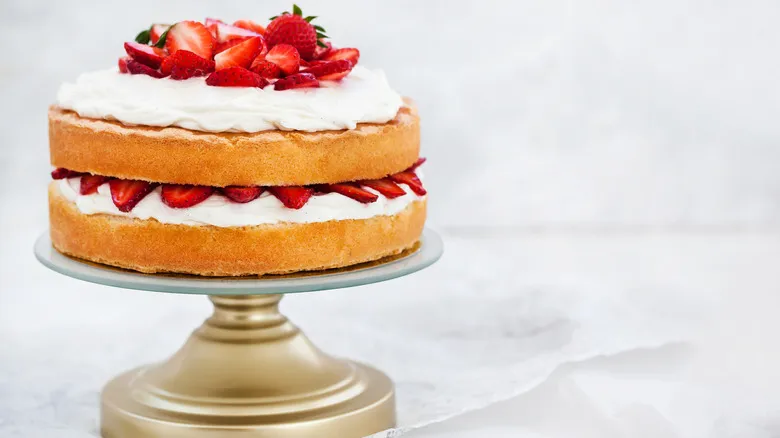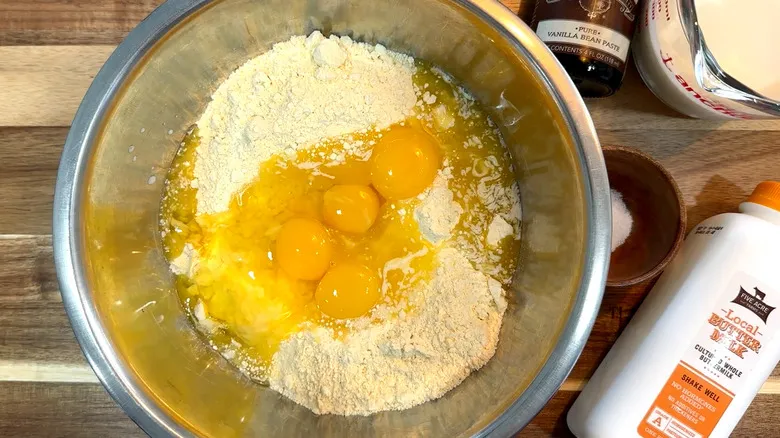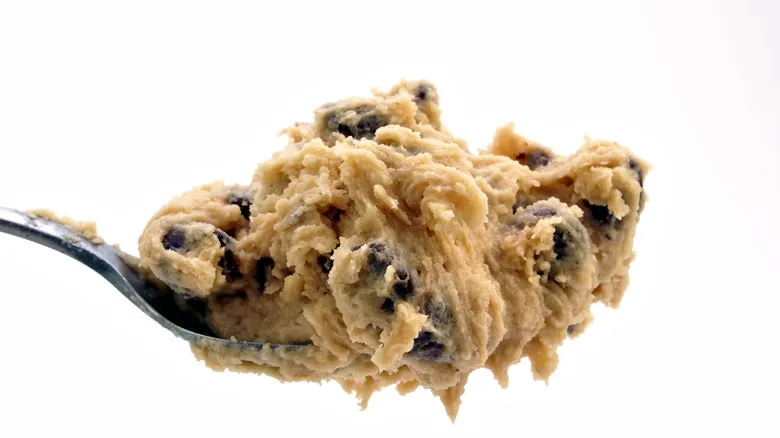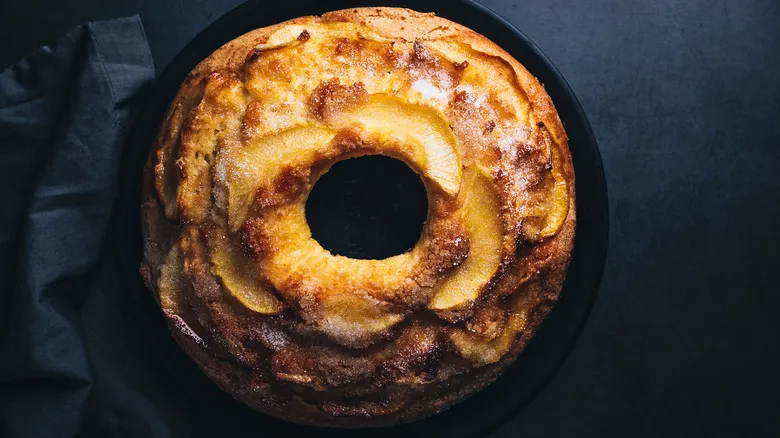How to get the perfect sugar crust

To achieve the ideal sugar crust, generously grease the pan with either vegetable oil or vegetable shortening. While butter can enhance flavor, it has a lower heat tolerance and burns more easily than oil, which can cause the sugar to darken and develop a bitter taste. Additionally, butter contains milk solids that separate from the water when heated, potentially causing the sugar crystals to dissolve during baking and resulting in a less crispy crust.
Avoid using cooking sprays, as they often do not provide a thick enough coating, and without flour, your cake may stick to the pan. For the perfect crust, use about ? cup of granulated sugar combined with 1 to 2 tablespoons of vegetable oil or shortening. Make sure to apply the grease evenly with a pastry brush, and ensure there are no clumps of sugar left in the pan. It's crucial to discard any excess sugar to prevent the formation of chewy sugar lumps.
What types of cakes are ideal for a sugar crust?

While you can apply a sugar crust to any cake you bake, it’s particularly well-suited for round cakes, ensuring that each slice features a bit of crust along the edge. Naked cakes—those that aren’t fully frosted—are an excellent opportunity to use a sugar crust; it not only enhances the flavor but also adds visual appeal with its decorative, richly colored lace patterns.
Incorporating a sugar crust is also a simple trick to keep berry cakes from becoming soggy—a frequent issue, especially since these cakes are often made with delicate angel food or white cake, which are more fragile than sponge or pound cakes. A sugar crust is a wonderful addition to coffee cakes and Italian orange cakes as well; you can even use it on cupcakes to create a delightful surprise in the first bite, complementing the smooth, rich layer of airy frosting.
You can apply the same technique to morning muffins: a slightly sweet, crispy exterior can transform a plain bran muffin into a more enticing treat. Additionally, you can elevate the crunch factor of brownies by dusting them with sugar, or enhance the texture and caramelization of standard Madeleines, making them especially enjoyable when dipped in a cup of coffee or tea.
Recommended

The Baking Soda Swap You Need For Lofty, Cloud-Like Bakes

The Plate Hack For Perfect Cake Layers Every Time

You're Doing It All Wrong - How To Make Boxed Cake Mix

What Makes Cottage Cheese Cookie Dough Edible?
Next up

